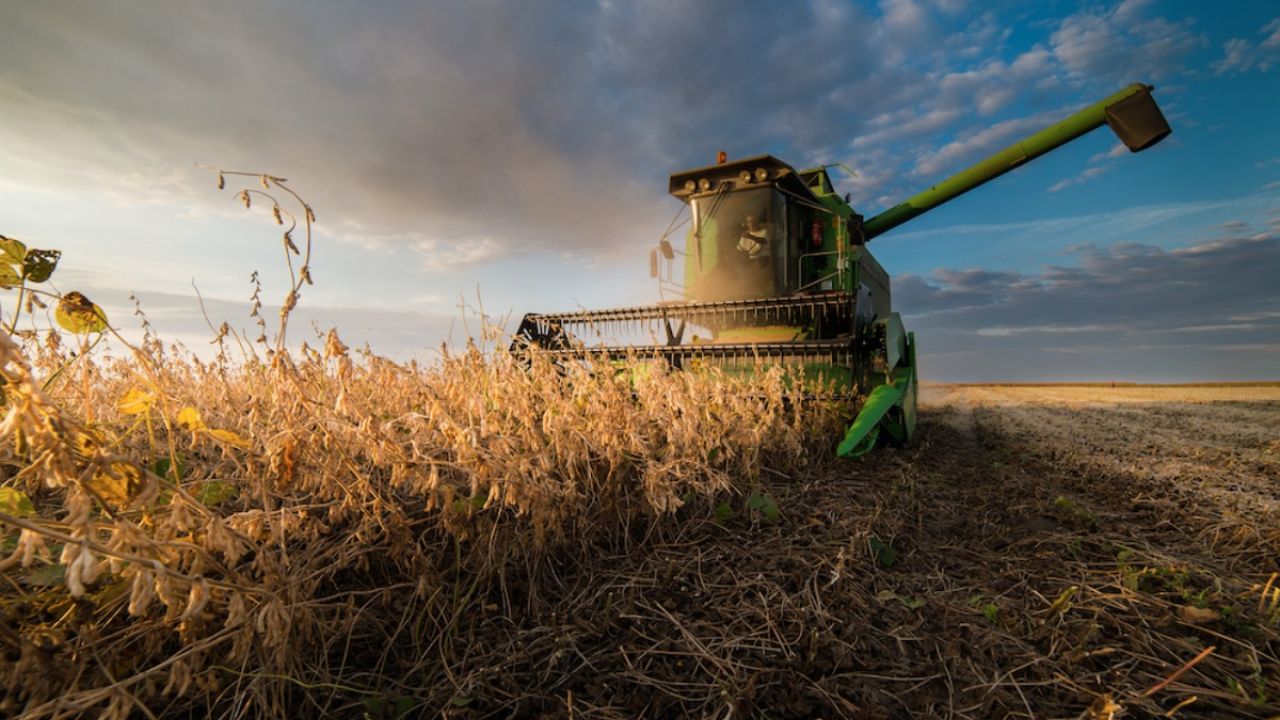
Our farm safety net is already so filled with loopholes that the top 3 percent of farms – or about 60,000 farms – receive roughly 40 percent of all farm subsidies.
Many farms receive more than $1 million in subsidies annually, and the share of subsidies the largest farms claim has increased from 11 percent in 1991 to 34 percent in 2015.
But the farm bill under consideration by the House Agriculture Committee tomorrow would create new loopholes that would further tilt the playing field in favor of the largest farms.
Here are the top farm subsidy loopholes in the House farm bill:
- Eliminates Means Test – Under current law, farm operations with adjusted gross incomes of more than $900,000, or $1.8 million for couples, are ineligible for subsidies. The House bill would eliminate the means test for “pass-through entities,” like partnerships and joint ventures, allowing millionaires and billionaires to get subsidies. In addition, the bill fails to lower the current means test to $500,000 and apply the means test to crop insurance subsidies, as proposed by President Trump.
- Adds Cousins, Nieces and Nephews – Under current law, family members like siblings and adult children are eligible for subsidies – regardless of whether they live or work on the farm. The House bill would also make cousins, nieces and nephews eligible for subsidies. The bill does not limit subsidies to one person per farm, as proposed by President Trump, or create work requirements for farm subsidy recipients.
- Creates New Corporate Loopholes – Under current law, a corporation is treated as a single person for the purposes of determining eligibility for subsidies. But Section 1603 of the House bill would allow each member of certain pass-through entities, like S Corporations, to receive subsidies, just like farm partnerships.
- Exempts Pass-Through Entities from Payment Limit – Pass-through entities like partnerships and joint ventures would also be exempt from a $125,000 payment limit on certain subsidies. The bill also removes payment limits for loan deficiency payments and marketing loan gains, does not cap crop insurance premium subsidies, and fails to reduce the payment limit for peanut subsidies, as President Trump proposed.
- Does Not Limit Partner Subsidies – The House bill places no limit on the number of partners who can receive subsidies. Under current law, each member of a farm partnership is treated as a separate person when calculating subsidy payments, so the partnership’s potential payment limit is equal to the number of qualifying members.
- Does Not Limit Manager Subsidies – The House bill does not reduce the number of so-called farm managers who can receive subsidies. Under current law, certain farms could continue to designate up to three managers to be eligible for subsidies – even if those individuals don’t work on the farm or provide little or no management.
- Increases Price Guarantees – The House bill also increases the price guarantees included the 2014 Farm Bill by up to 15 percent. The bill fails to reduce crop insurance premium subsidies from 62 percent to 48 percent, as President Trump proposed.
- Extends Insurance Company Subsidies – The House bill continues to provide $1.5 billion in annual subsidies to crop insurance agents, and continues to guarantee crop insurance companies a 14 percent rate of return.
For more jaw-dropping Trump farmer bailout stories, check out www.ewg.org/trumpbailout.


